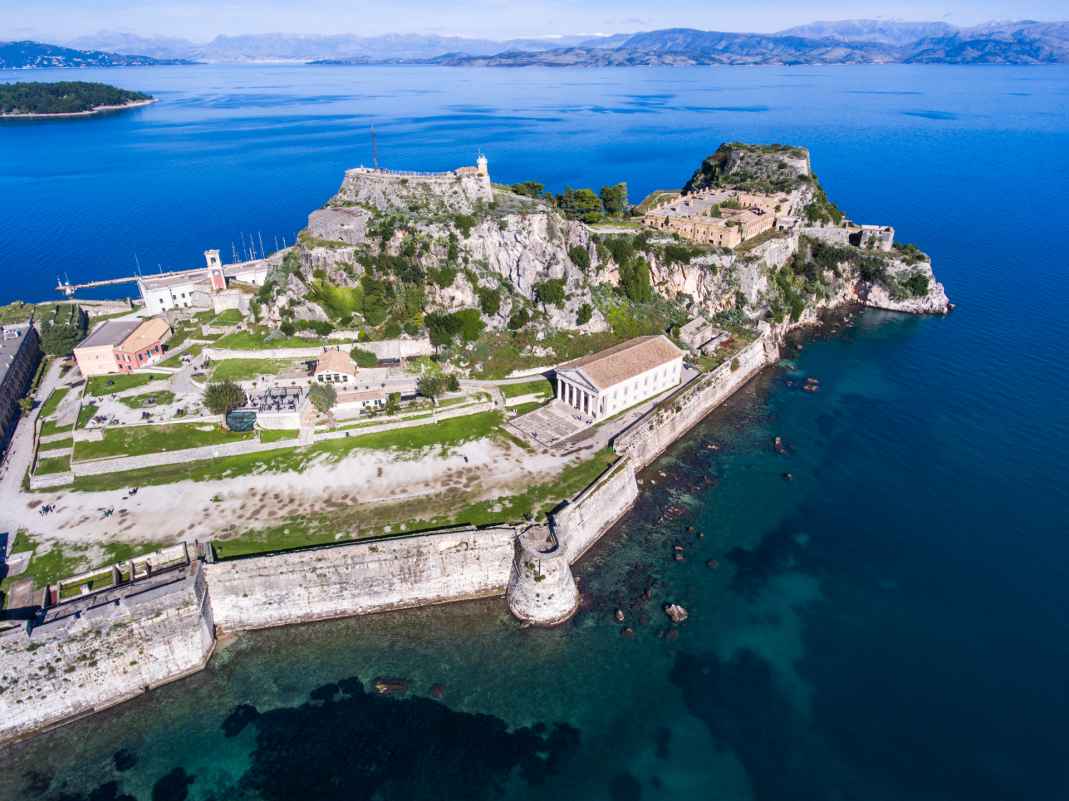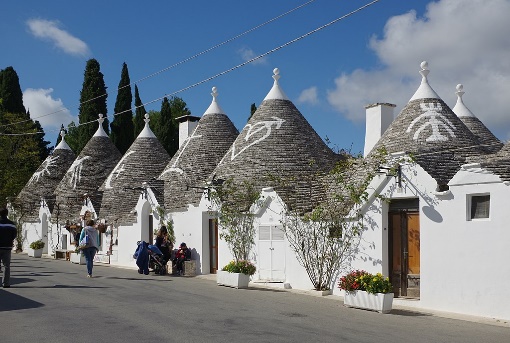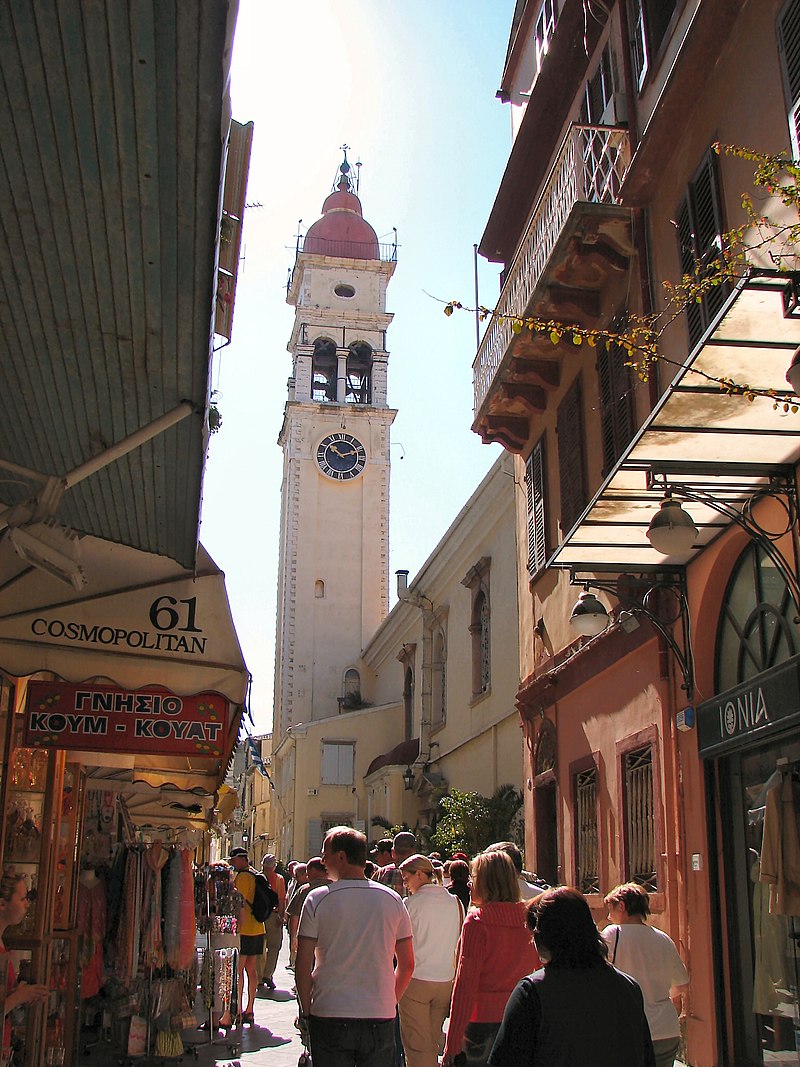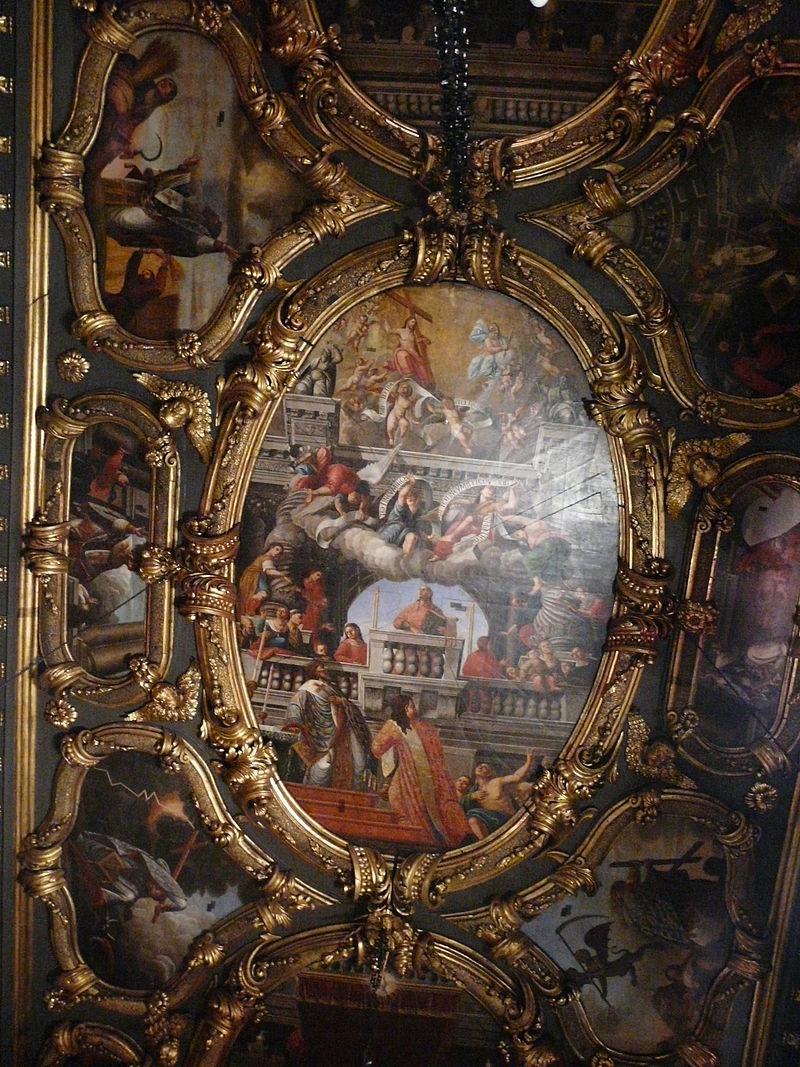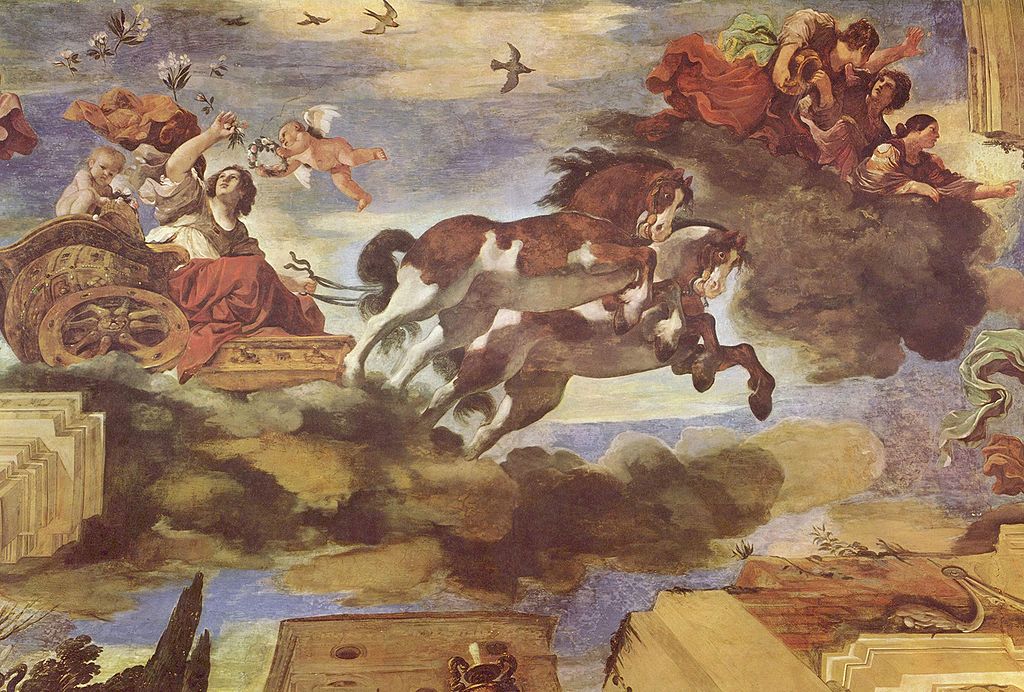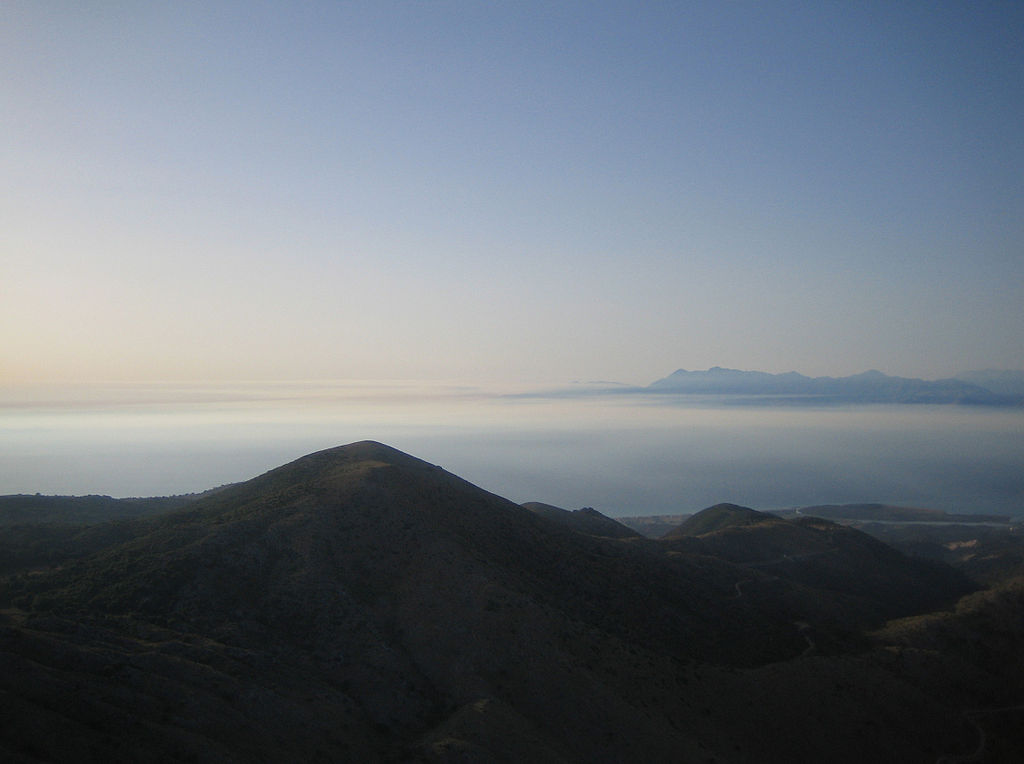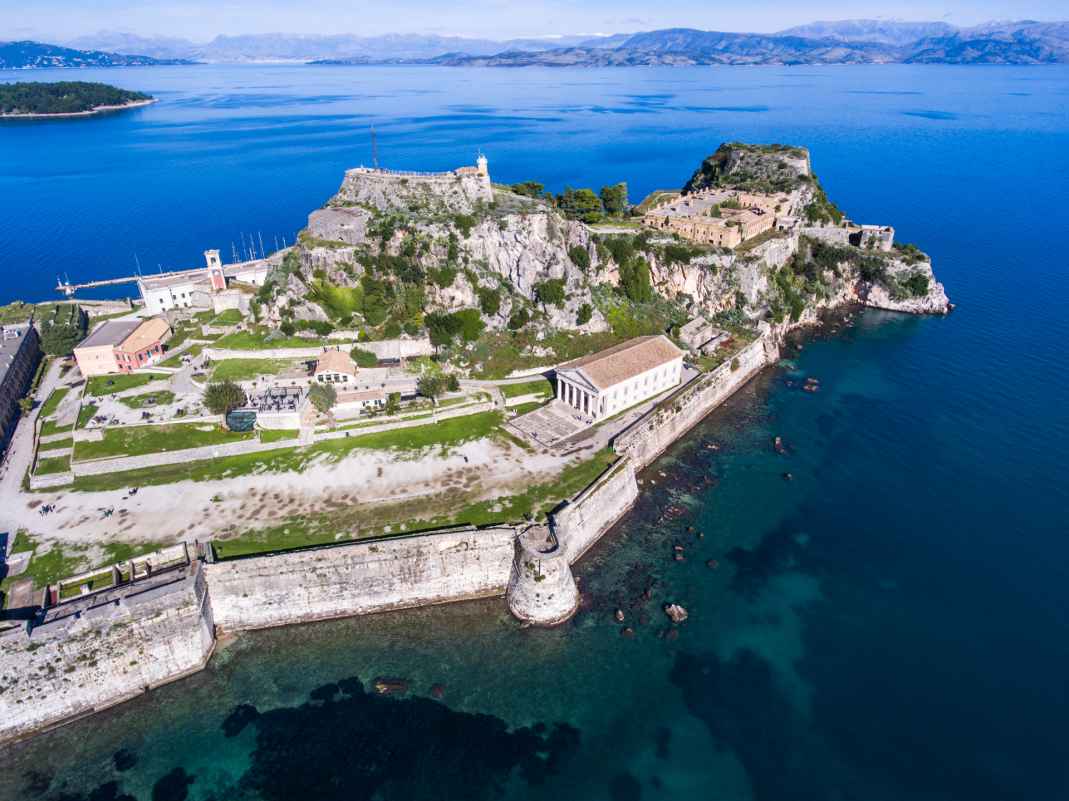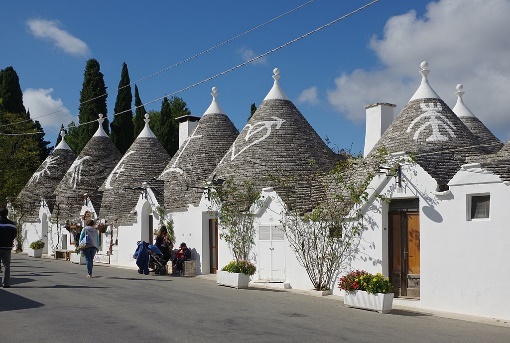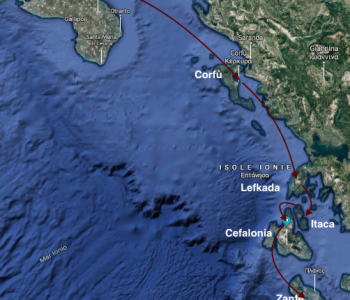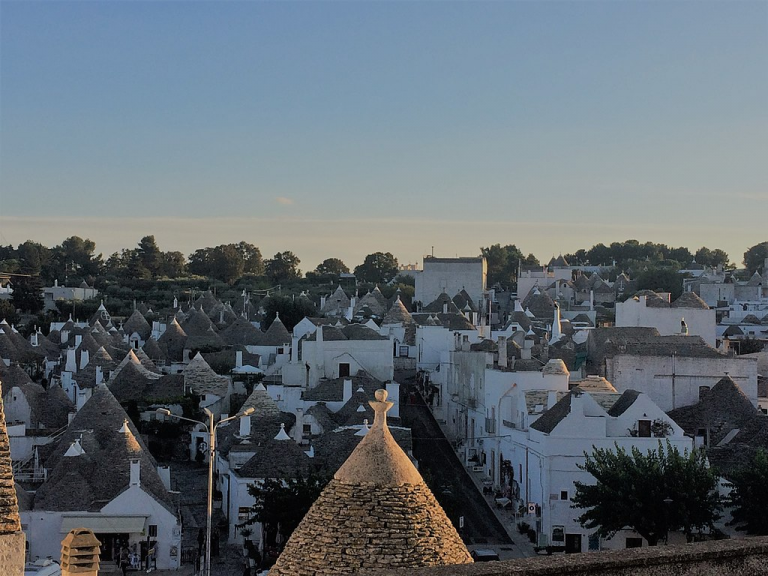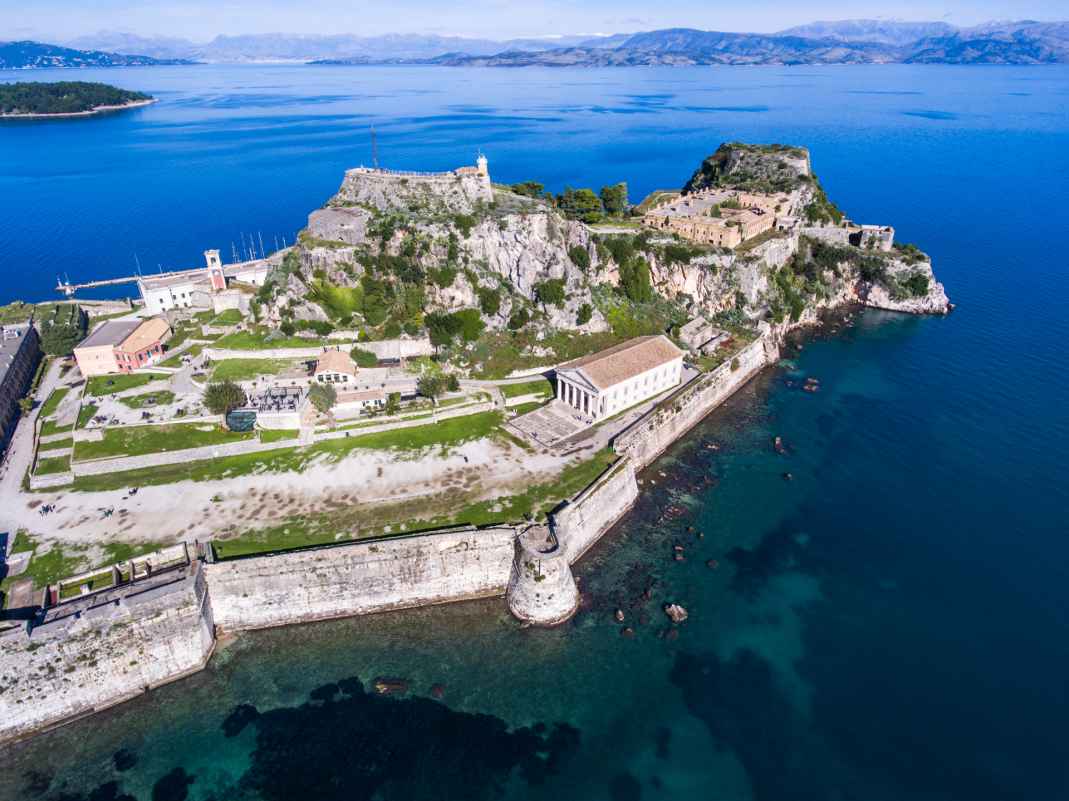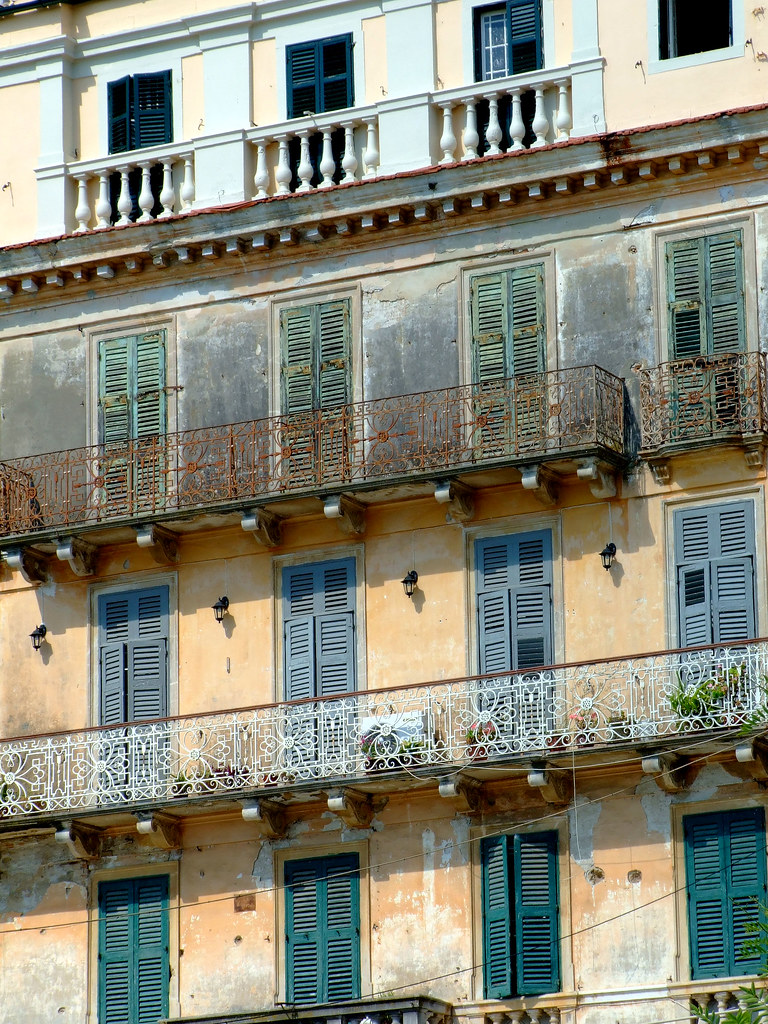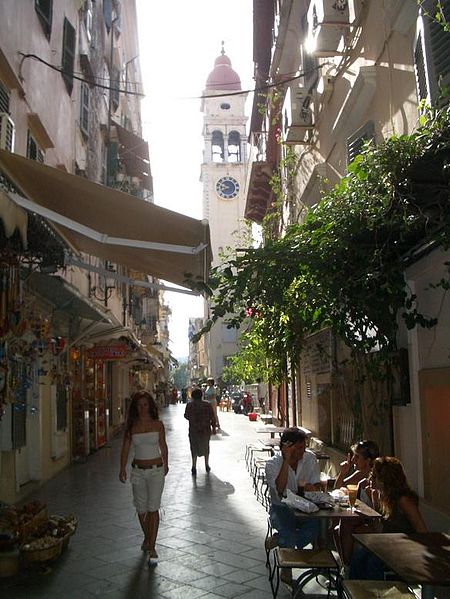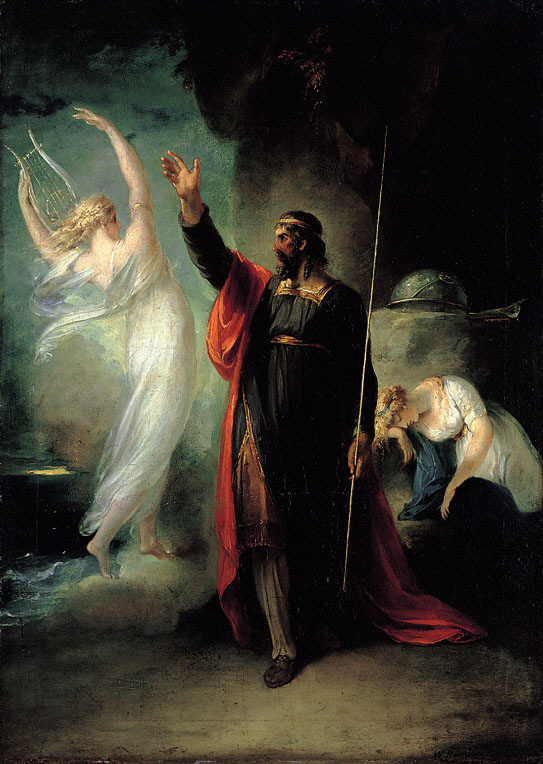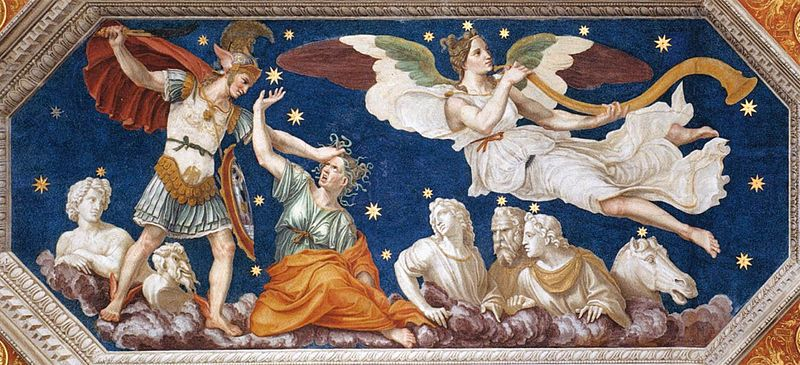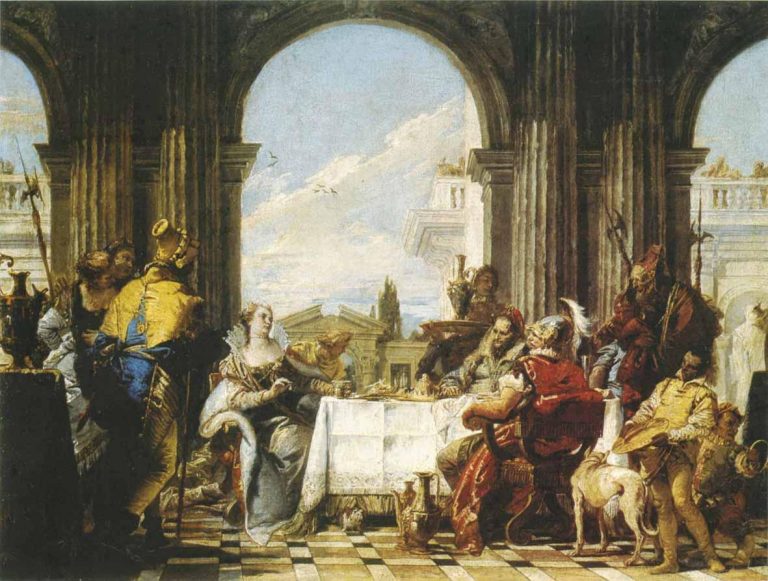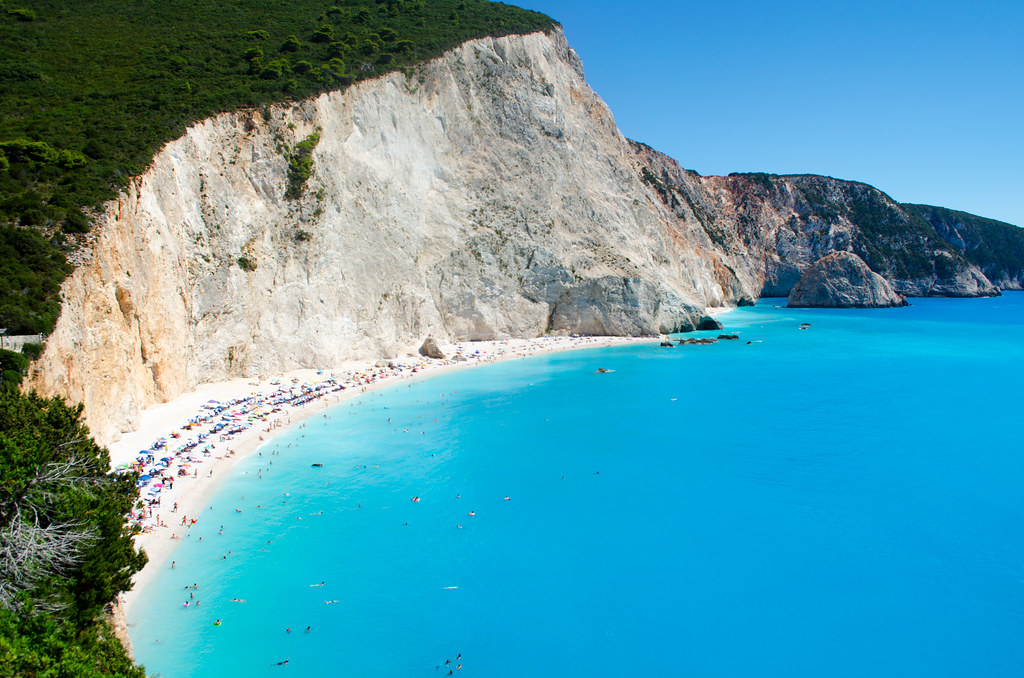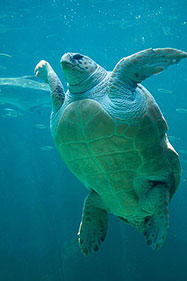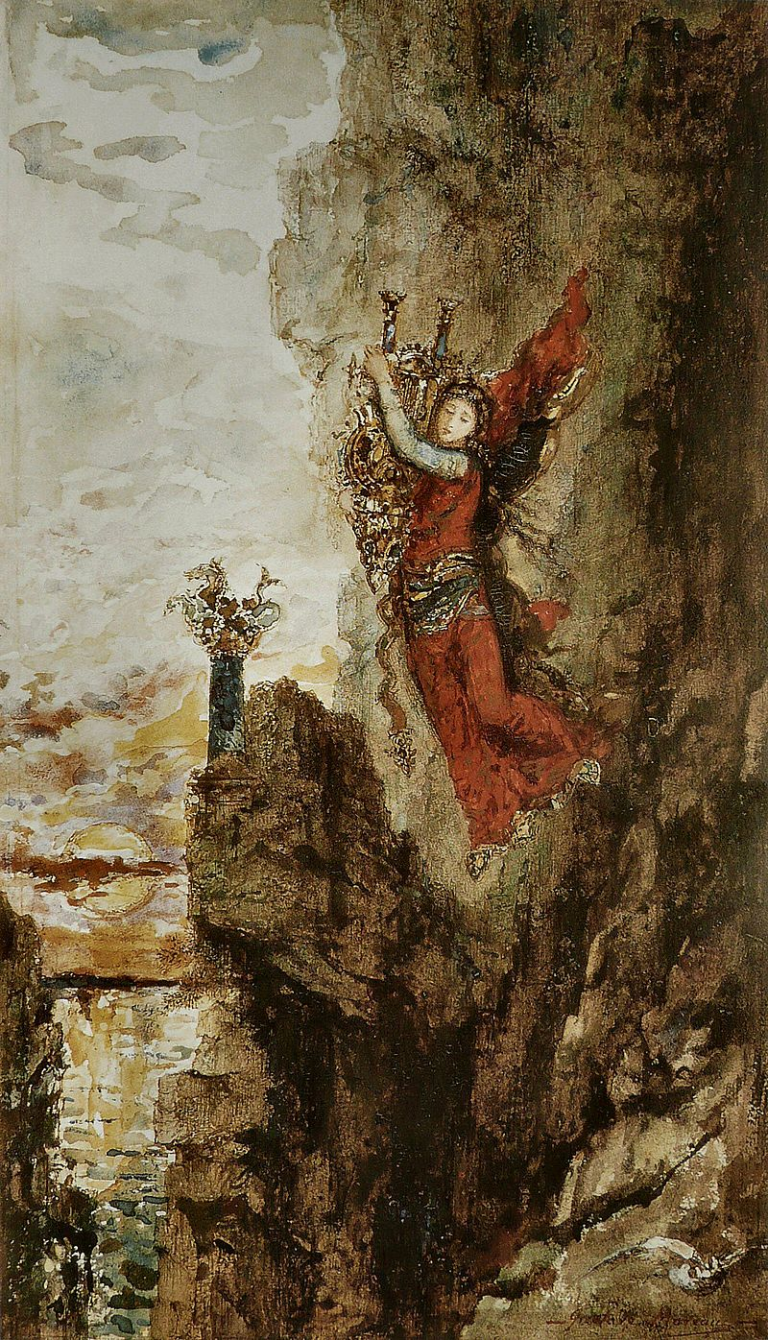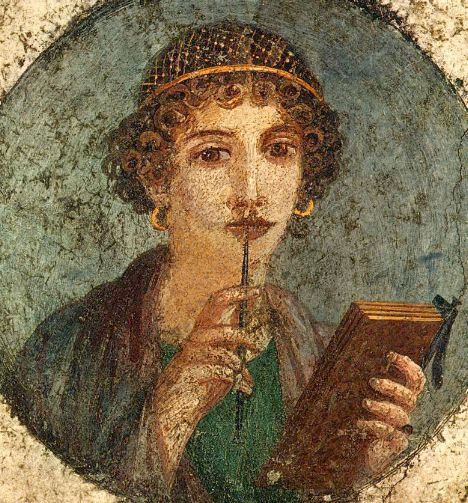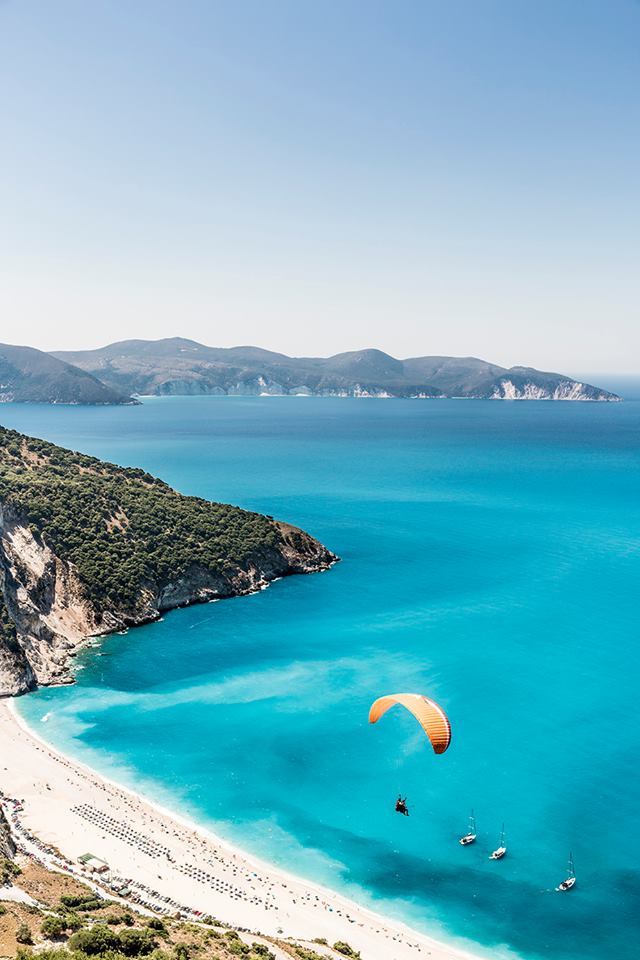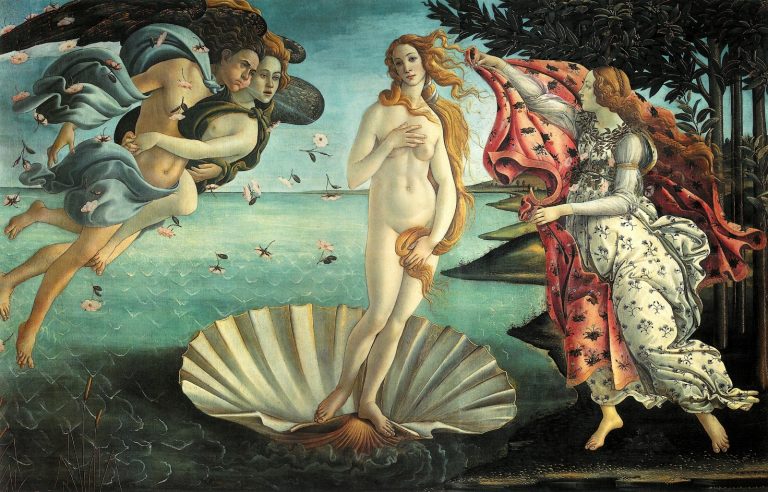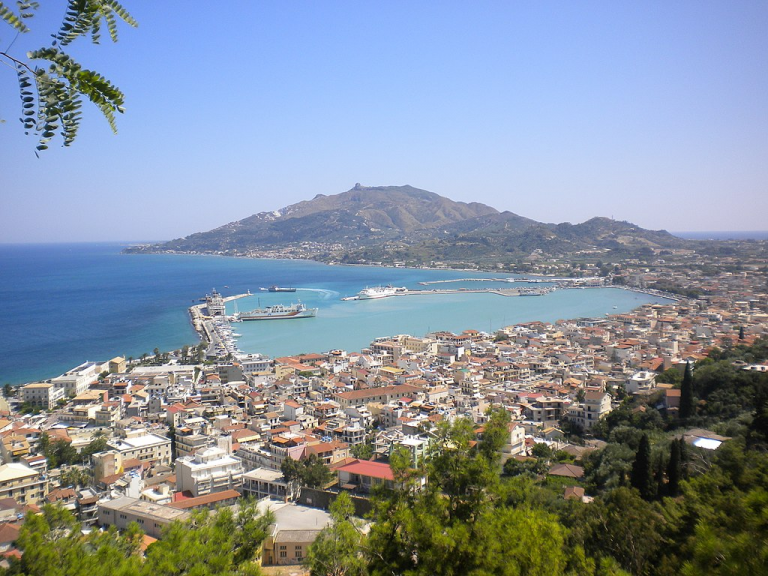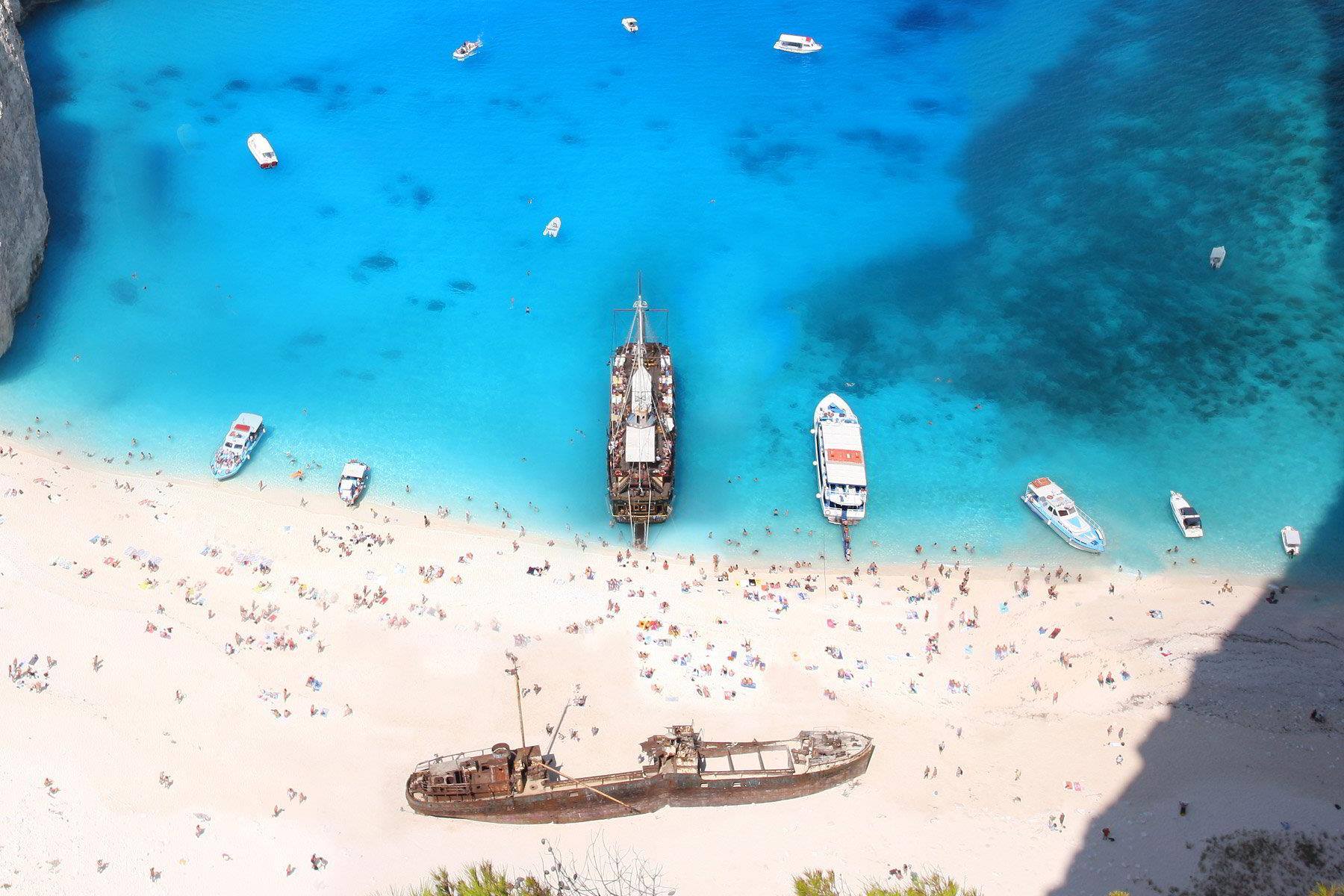 Itinerary-07-Durrell-link-03
Itinerary-07-Durrell-link-03
Il Monte Pantokrator
Il monte Pantokrator è la vetta più alta della catena montuosa di Corfù, raggiunge i 900 metri ed è caratterizzato da rigogliose pinete e verdi prati. Il viaggiatore potrà raggiungerne la cima concedendosi una piacevole escursione, noleggiando una macchina, o, i più sportivi, a piedi tra valli e colline, attraversando i caratteristici villaggi di Spartilas e Strynilas. Sulla vetta, oltre a godere di una meravigliosa vista panoramica che spazia sino alle coste dell’Albania si potrà visitare il Monastero del Pantokrator. Il monastero, meta di pellegrinaggi in agosto, è un edificio di origine medievale, ma profondamente modificato nel corso del XVII secolo.
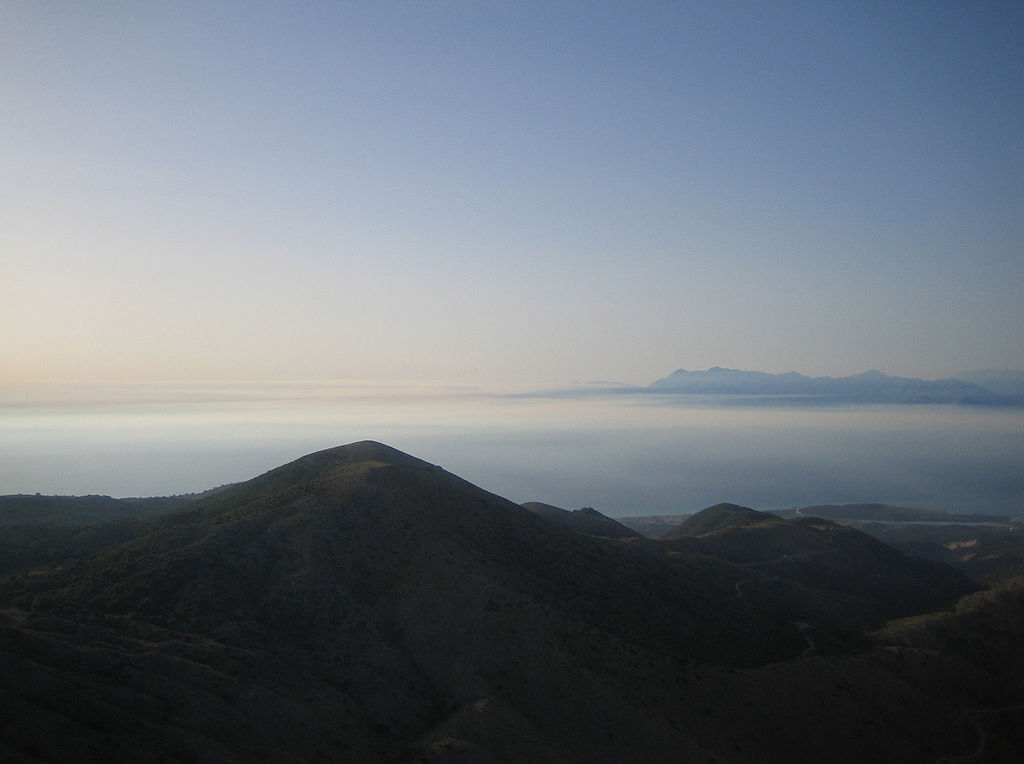
Vista panoramica dal monte Pantokrator
By No machine-readable author provided. Joolz~commonswiki assumed (based on copyright claims). – No machine-readable source provided. Own work assumed (based on copyright claims)., CC BY-SA 2.5, https://commons.wikimedia.org/w/index.php?curid=296996
